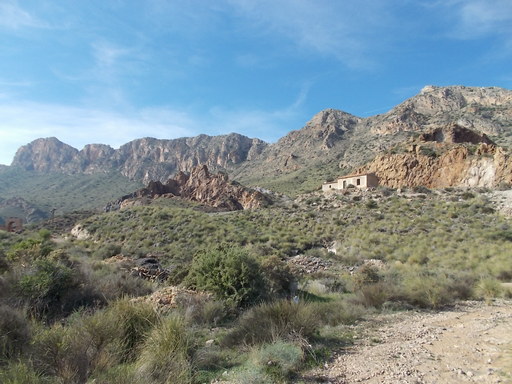 | Puerto de los Peines from the East. One can see the first Jaravía station which caused so much trouble for The GSSR. | See map. |
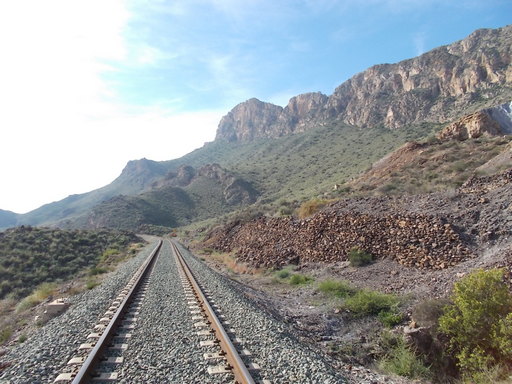 | This track is still in use - occasionally, three trains per day in each direction, though more in high season. A very beautiful area. | See map. |
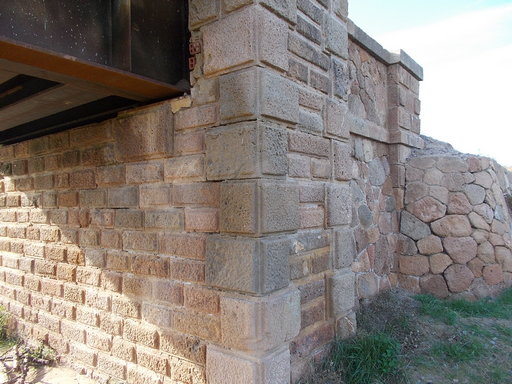 | Excellent stonework on the bridge over Rambla de Bonillos. | See map. |
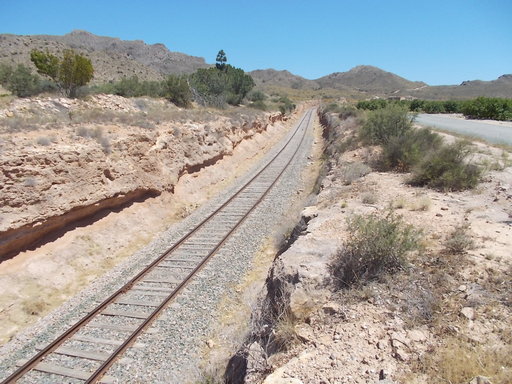 | Track passing through long cutting heading towards Puerto de Los Peines where six of the twelve mineral wagons were parked for the loco to return to Pulpí to collect the other half of the train. | See map. |
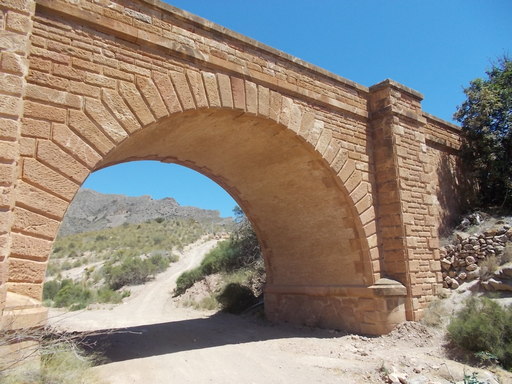 | Beautiful bridge over Rambla de Bonillos. Still in excellent condition. | See map. |
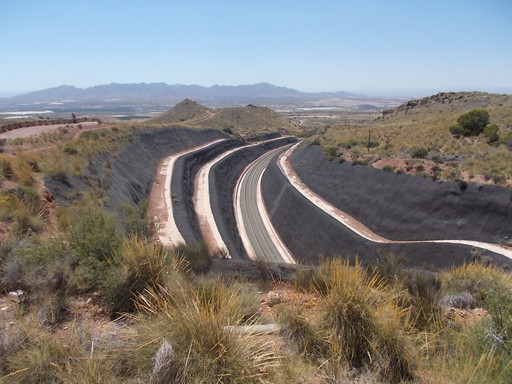 | Huge cutting where the track enters Tunnel No 1, now covered with netting to reduce rain damage. | See map. |
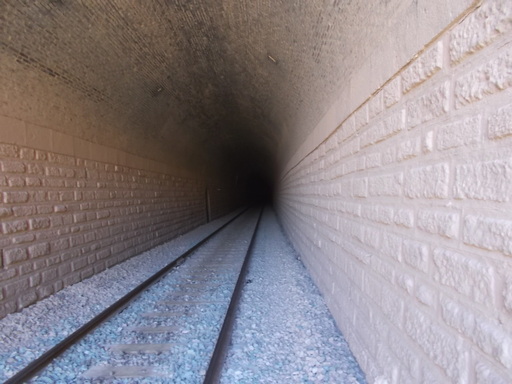 | The longest of the five tunnels on this stretch. The stonework is still in excellent condition. | See map. |
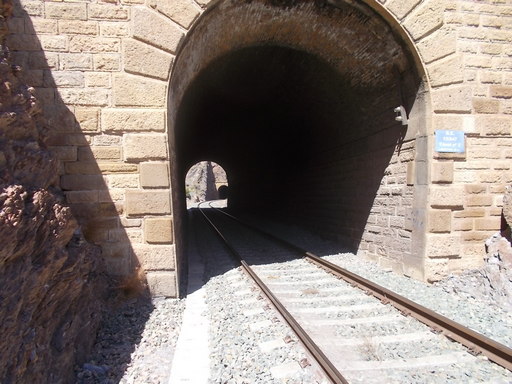 | A short tunnel of only 38m like new. | See map. |
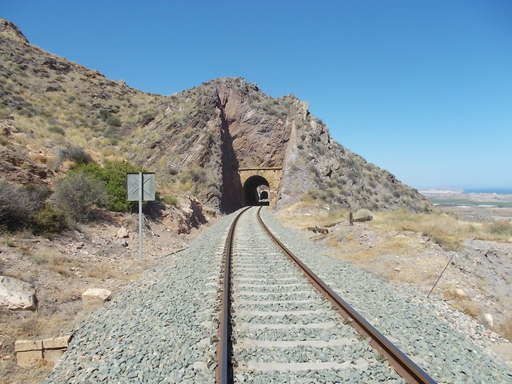 | Tunnel number three. | See map. |
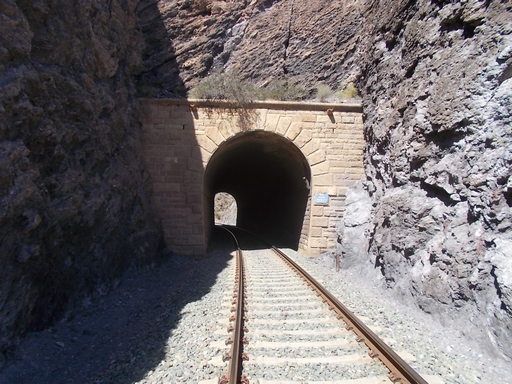 | Tunnel number four. 47m. | See map. |
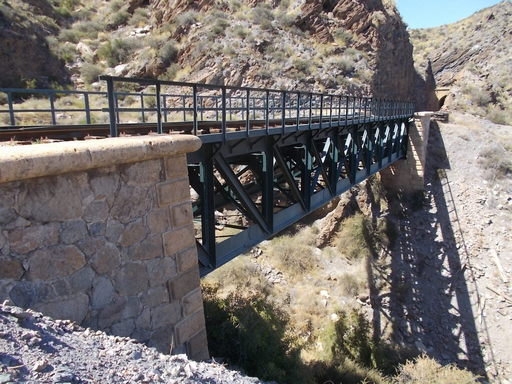 | Iron bridge over Barranco de Aguilón in excellent condition with a 32m span. | See map. |
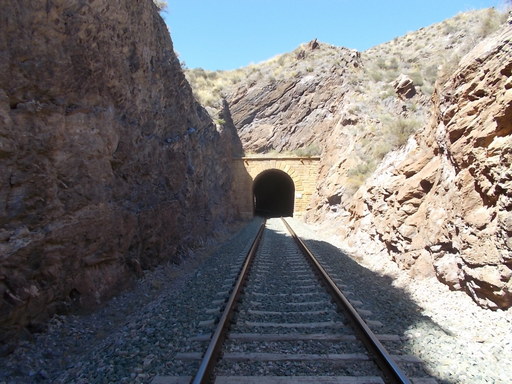 | Tunnel number five. 75m. | See map. |
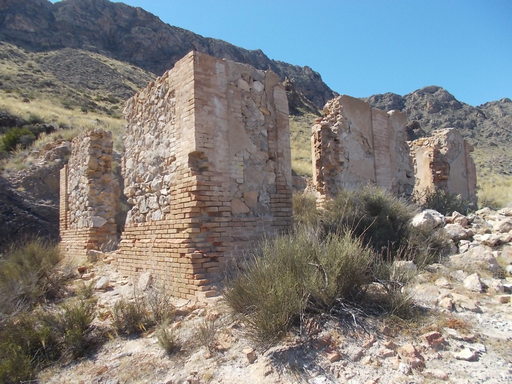 | Track worker's house. | See map. |
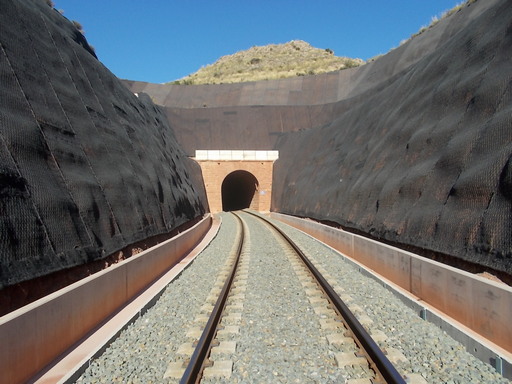 | The entrance to Tunnel No 1. | See map. |
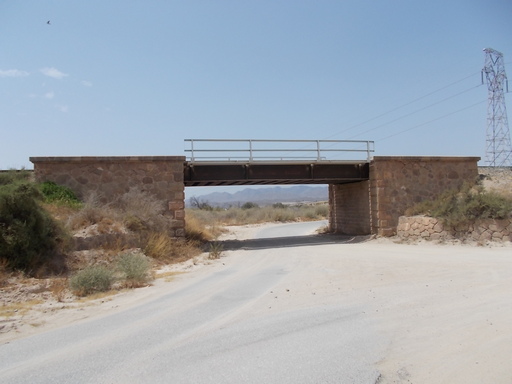 | Puente Esteban - Stephen's Bridge. | See map. |
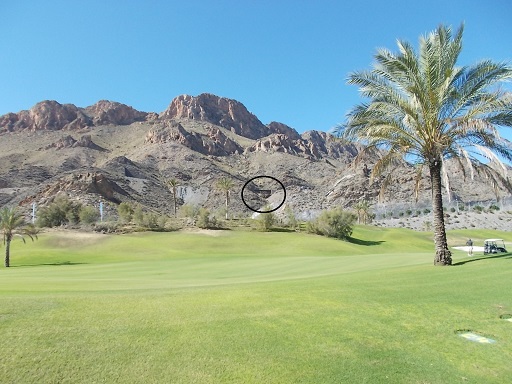 | Iron bridge over Rambla Hondo, Barranco Aguilón inside the circle, showing the remoteness of the bridge and the difficulties there must have been in its construction. | See map. |
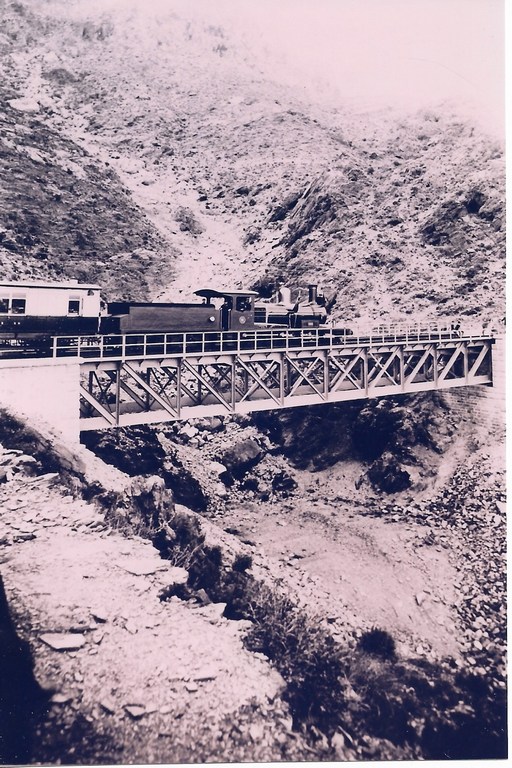 | Passenger train travelling towards Águilas by crossing Puente de Aguilón. See the bridge now. | See map. |
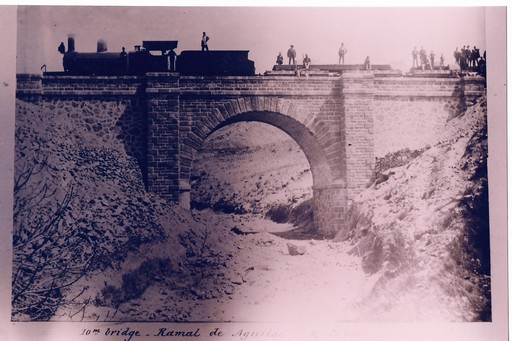 | Testing 10m bridge over Rambla de Bonillos about 1st April 1890. The goods train appears to be carrying rails which would have been imported from The UK through Águilas Port and which were being sent to build the line further north. See the bridge now. | See map. |
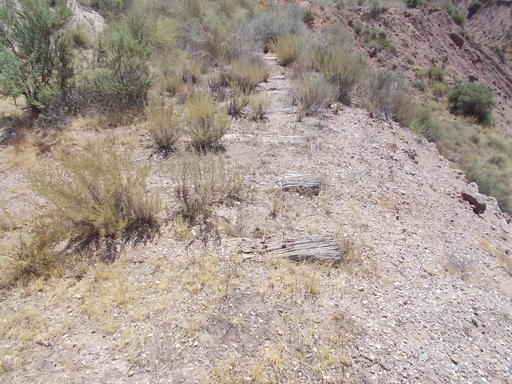 | 140m siding at Km 14.306 whereby half of an iron ore train (6 wagons) would be parked while the loco went back to Pulpí for the other six wagons. This was because the locos that The GSSR were using were not powerful enough to pull the 600 ton iron ore trains up the 1 in 70 incline from Pulpí to Puerto de los Peines. | See map. |